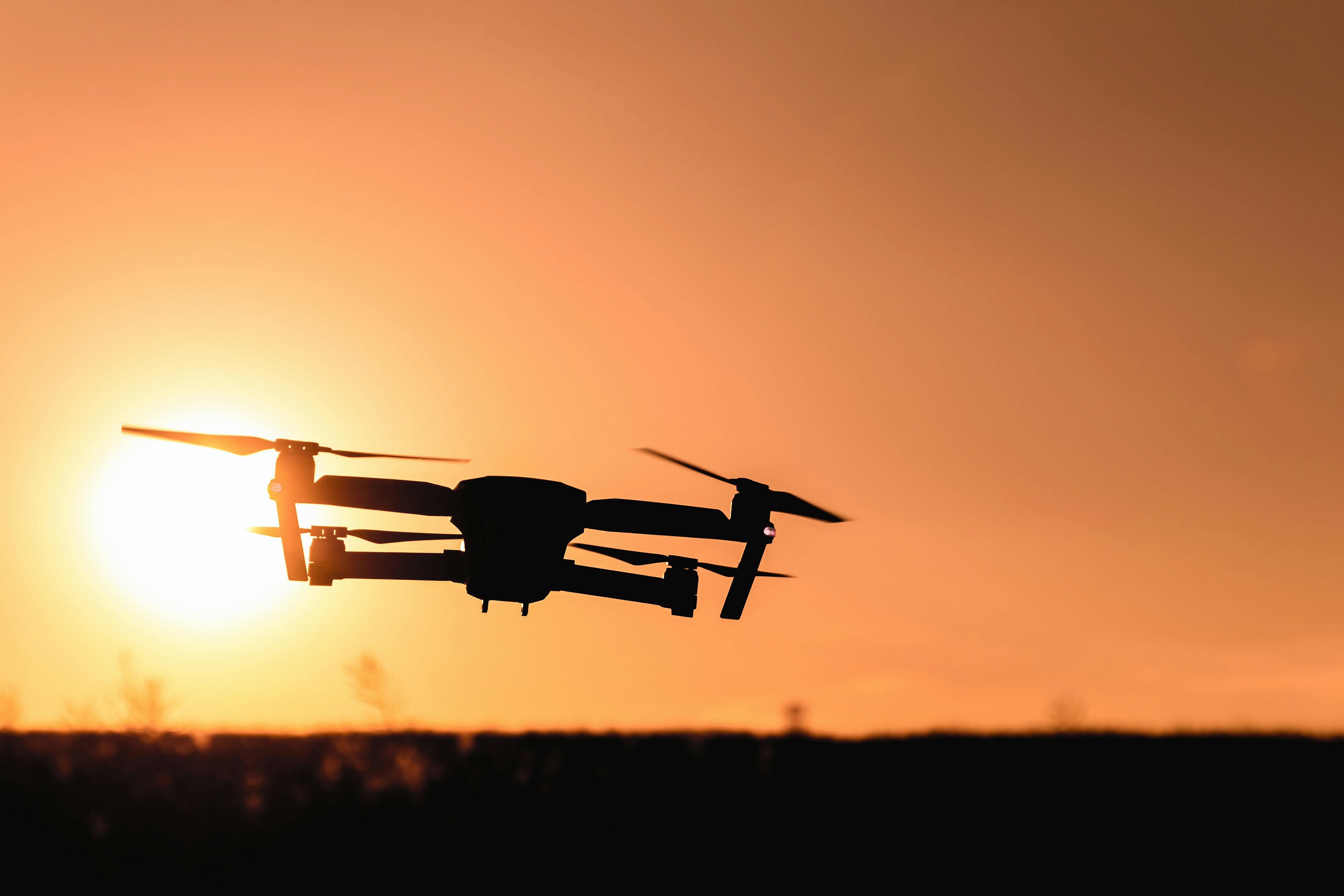Unraveling the Potential of Telecommunication Drones
The world of telecommunications is constantly evolving. New technologies are constantly being developed and harnessed, promising to revolutionize the way we communicate and interact with each other. One such technology that has been gaining traction in recent years is the use of drones in the telecommunications industry. While drones are primarily known for their use in photography and videography, their potential in the field of telecommunications is immense.

The Emergence of Telecommunication Drones
Drones, also known as unmanned aerial vehicles (UAVs), were initially used for military purposes. However, with advancements in technology, their application has significantly expanded, entering the realm of telecommunications. Telecom drones are equipped with transmitters, receivers, and antennas, allowing them to perform various functions, such as inspecting telecom towers, providing temporary network coverage, and facilitating emergency communications.
The Impact of Drones on the Telecommunications Industry
Telecommunication drones have the potential to drastically reshape the landscape of the telecom industry. They can be used to perform routine inspections of telecom towers, which are often located in hard-to-reach areas. This not only reduces the risk for tower climbers but also increases efficiency and reduces downtime.
Moreover, telecom drones can provide temporary network coverage in areas affected by natural disasters or large-scale events. This capability can prove vital in maintaining communication channels in times of crisis.
Challenges in Implementing Telecommunication Drones
Despite their immense potential, the implementation of drones in the telecom industry does not come without challenges. Regulatory hurdles pose a major barrier, as the use of drones for commercial purposes is heavily regulated in many countries. The potential for privacy breaches is also a concern, given the ability of drones to capture high-resolution images and videos.
Technical challenges are also present. For instance, the limited battery life of drones restricts their flight time, which can impede their ability to provide consistent network coverage. Moreover, ensuring seamless integration with existing telecom infrastructure can be a complex task.
Looking Ahead: The Future of Telecom Drones
Regardless of the challenges, the future of telecom drones looks promising. With continued advancements in drone technology and regulatory frameworks gradually adapting to the emerging drone industry, the potential for drones in telecommunications is expected to grow.
In conclusion, while the use of drones in the telecommunications industry is still in its early stages, their potential is undeniable. By overcoming the existing challenges, telecom drones can revolutionize the industry, offering innovative solutions to improve network coverage, increase efficiency, and enhance safety. With their diverse applications and vast potential, it’s clear that drones have a significant role to play in the future of telecommunications.






